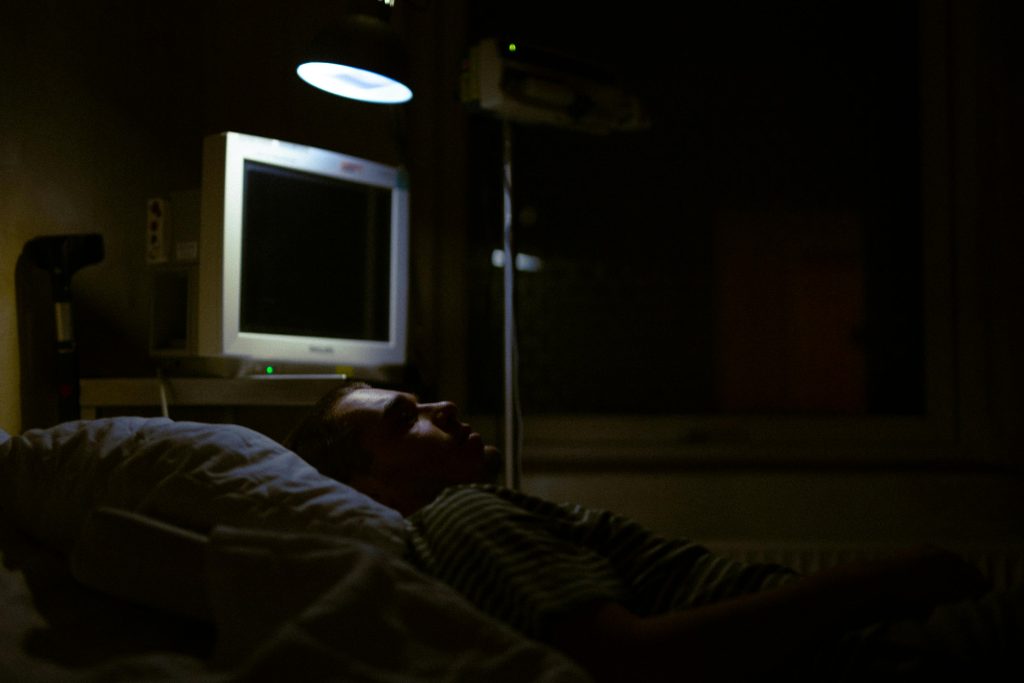Troubleshooting VRAM Issues: How to Resolve Missing Graphics Card Memory
If you’ve recently upgraded your system with a new graphics card boasting 6GB of VRAM but are only seeing 3GB recognized by your computer, you’re not alone. This can be a frustrating issue, especially when you’re eager to explore the full potential of your new hardware. Here’s a concise guide on how to troubleshoot and potentially resolve this problem.
Check Your System Configuration
First and foremost, it’s essential to ensure that your graphics card is correctly seated in its PCIe slot and that all necessary power connectors are securely attached. A loose connection could impede the card from operating at its full capacity.
Update Drivers
Outdated or corrupt graphics drivers can often result in incorrect VRAM reporting. Head to the manufacturer’s website (such as NVIDIA or AMD) and download the latest drivers compatible with your graphics card model. After installing the updates, restart your computer and check if the VRAM is now displaying correctly.
Review Graphics Settings
Sometimes, system settings can limit VRAM detection. Go to your system’s BIOS/UEFI settings and check for any graphics configuration options. Ensure that no memory allocation settings are limiting the VRAM available to your graphics card.
Consider Operating System Limits
If you’re using an older operating system, there may be specific limitations affecting how VRAM is reported. Ensure your OS is fully updated, and check for any relevant patches that might address potential issues with hardware recognition.
Test in a Different System
If, after the above steps, your graphics card still shows only 3GB of VRAM, consider testing it in another system if possible. This will help determine whether the issue lies with the card itself or your original setup.
Seek Professional Help
If you’ve gone through these troubleshooting steps and still haven’t resolved the problem, it may be time to reach out to a professional technician or the graphics card manufacturer for further assistance. They can provide more specialized guidance and, if necessary, help you determine if your card needs replacement.
In conclusion, encountering a discrepancy in VRAM detection can be disheartening, but with a methodical approach, you can usually identify and resolve the issue. Happy gaming!
Share this content:




Thank you for sharing this comprehensive troubleshooting guide on VRAM detection issues. If you’re experiencing discrepancies between your installed VRAM and what is recognized by your system, here are some additional tips that might help:
If you’ve tried all these steps and still face issues, contacting the graphics card manufacturer’s technical support